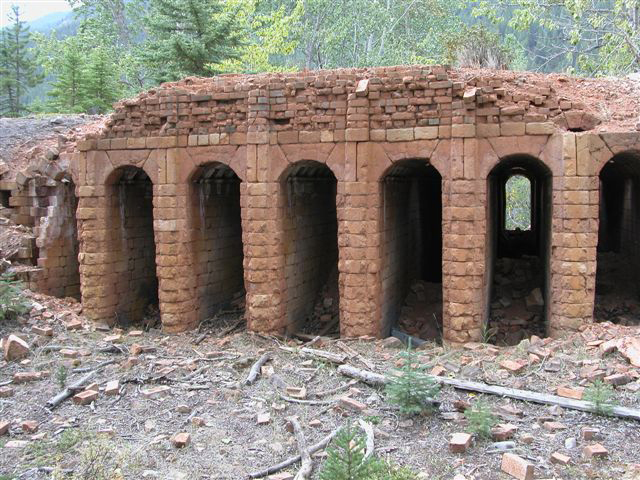
Crowsnest Pass
 Crowsnest Pass Mining Complexes and Coleman’s Historic Downtown, Alberta—CANARY IN A COAL MINE
Crowsnest Pass Mining Complexes and Coleman’s Historic Downtown, Alberta—CANARY IN A COAL MINE
Even though mining sites in the Crowsnest Pass are designated, they are suffering from neglect, vandalism, and lack of funding. One of the towns—Coleman—is a National Historic Site, yet many of its historic structures will soon make way for condos. Like a canary in a coal mine, Coleman’s fate may be a sign of more heritage destruction to come.
Why Crowsnest Pass matters
Nestled in the magnificent Canadian Rockies, Crowsnest Pass is home to exceptional mining sites and the historic communities that grew up around them. The area once hummed with activity, enriched by the many languages and cultural traditions brought by immigrants that included those of German, Italian, Scottish, Irish, Polish and French descent. The mines are now silent symbols of generations of workers and their families, and the changing fortunes of the mining industry. Today, they inspire historians, tourists, hikers and photographers alike.
The town of Coleman illustrates a long tradition of mining and migrant living. One of Canada’s newest national historic sites, it boasts structures that represent almost a century of coal production. Dominating the valley, the processing plant, machine shop, wash house, power house and coke ovens tell an important story of 20th century industry.
Also within Crowsnest Pass, the Lille Coal Mine north of Frank and Blairmore’s Greenhill mining complex are eloquent witnesses of by-gone days in mining communities. They are owned by the Province of Alberta and protected under the Alberta Historical Resources Act. Off the beaten path, they possess exceptional historical and cultural values.
Why they are endangered
In its recent past, Coleman’s mine site was privately owned by Coal Valley Resources (CVR), which sold the historic property to Green Mountain Properties (GMP) in the summer of 2007. Soon after, GMP applied to the Municipality of Crowsnest Pass to have the entire property zoned residential. A plan submitted to the provincial government shows that most of the historic structures on the property will be demolished in the summer of 2009. The Crowsnest Heritage Initiative sees this as a significant blow to Coleman National Historic Site which, despite its national recognition, has no real protection.
In any case, legal protection alone is no sure solution: the Lille Coal Mine and Blairmore’s Greenhill complex have deteriorated significantly since their designation by the province in the late 1970s and early 1980s.
Plaques identifying the sites as heritage resources do not deter vandals from lighting fires and using the buildings as paintball targets.
Where things stand
At the Coleman plant site, negotiations are underway with GMP to stabilize, restore, adaptively reuse and interpret the few historic buildings that will remain. Both CVR and GMP along with Alberta’s Historical Resources Foundation are supporting a Crowsnest Heritage Initiative oral history video project that will record the historic plant site and interview past workers.
Renewed funding for the National Historic Sites Cost Sharing Program may benefit Coleman’s remaining historic buildings, but other heritage mining complexes in the municipality remain in dire need of attention.
By launching Crowsnest Heritage Route, with prominent signage and a map, the Crowsnest Heritage Initiative hopes to raise awareness and to encourage the travelling public to visit the site. Still, raising the public’s appreciation of heritage is a long process and Crowsnest Pass no longer has the luxury of time.
